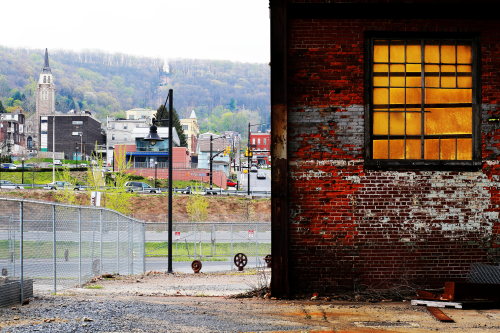In nearly all metropolitan areas in the United States, jobs have been moving to the suburbs for several decades. In the largest metropolitan areas between 1998 and 2006, jobs shifted away from the city center to the suburbs in virtually all industries. As the U.S. population also continues to suburbanize, larger proportions of metropolitan area employment and population are locating beyond the traditional central business districts along the nation’s suburban beltways and the more distant fringes.
Understanding the association between employment decentralization and the suburbanization of poverty is important because of the continued growth of the suburban poor. In 2005, the suburban poor outnumbered their city counterparts by almost one million. And during the first year of the recession that began in 2007, suburbs added more than twice as many poor people as did their cities.
The suburban poor face unique disadvantages. These include concentration in inner-ring, disadvantaged, and jobs-poor suburbs; overreliance on public transportation, which often provides inferior access to and within suburban areas; and spatial mismatch between where the suburban poor live and the locations of important social services.
An analysis of data on the location of people and jobs in the 50 largest U.S metropolitan areas in 1990 and 2006–2007 finds that:
- The poor are more suburbanized in metropolitan areas with greater employment decentralization. Overall, the poor are generally less likely to live in suburbs than the non-poor (55.8 percent versus 70.9 percent). Metropolitan areas with both high suburbanization of poverty and job sprawl are somewhat larger and lie mostly in the South and West, including Atlanta, Miami, San Francisco, Seattle, and Orlando.
- Poor whites and Latinos are more suburbanized than poor blacks in metro areas with high job sprawl. This disparity is most marked in metropolitan areas with higher poverty rates, indicating that in such regions, poor blacks may be less able to suburbanize in response to the outward movement of jobs than other groups.
- Metropolitan areas where jobs decentralized more over time experienced greater suburbanization overall, but not among the poor. This suggests that the outward movement of jobs in metropolitan areas in recent years does not by itself explain suburbanization of the poor during this time. Rather, other related factors may have propelled the decentralization of both the poor and jobs—such as lack of reverse commute public transit, or negative aspects of central cities.
- Within suburbs, the poor generally live in communities that have somewhat below-average numbers of jobs. About 68 percent of all suburban residents live in areas with above average numbers of jobs compared with 62 percent of the suburban poor. Even lower shares of black and Latino suburban poor live in jobs-rich communities, particularly in higher-poverty metropolitan areas.
Together, these findings suggest that employment decentralization is a driver of the suburbanization of poverty. However, the responsiveness of the poor to the outward movement of jobs, particularly racial and ethnic minority poor, does not appear to be as strong as that for the population as a whole. Policies designed to minimize the frictions that limit broader access to jobs-rich suburbs, such as providing more incentives for multifamily housing, reevaluating existing zoning laws and development impact fees, using more housing vouchers in new suburban locations, and enforcing fair housing laws in suburban areas could go a long way toward easing mobility for the poor and enhancing their labor market outcomes.
Read the Full Report »
Read the Related Paper: The Landscape of Recession »


